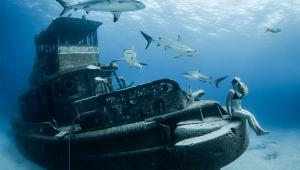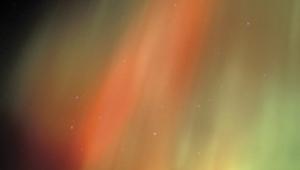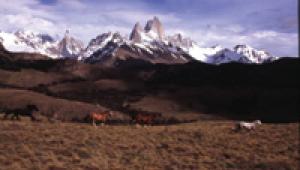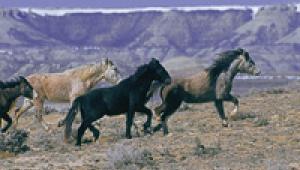Wildlife Model Shoots
Great Shots Under "Controlled Conditions"
Wildlife model shoots are
simply a wonderful, easy way to get great photos of some very elusive
animals. I have a Zoology degree. I have worked as a ranger for the
US Fish & Wildlife Service. I have studied endangered species, spending
countless hours in the woods, and I still have never seen a wild mountain
lion, lynx, fisher, or wolverine. The few bobcats and bears I have seen
were either crossing the road in front of me or were split-second glimpses
as they disappeared into the bush. Photographing these and many other
animals is next to impossible in the wild. |
|||
Animals that are usually available for "modeling" include most of the species that are rarely, if ever, seen in the wild: mountain lion, lynx, bobcat, wolf, grizzly and black bear, coyote, fox, wolverine, fisher, and badger. Smaller animals are also available at some places: raccoon, opossum, skunk, weasel, beaver, mink, etc. I have seen most of these "secondary" animals in the woods but photographing them is, again, difficult and, at best, very time consuming. At a game farm, these animals are placed in natural-looking areas and you can photograph all day without ever worrying about getting sprayed by the skunk. The Controversy Over
Game Farms |
|||
I ask, how far do you want
to take the "wildlife photos should be taken in the wild"
statement put out by some? If some purists choose not to shoot at game
farms--great! If that's what you choose, I have no problem
with it, but please don't think you have the right, the ability,
or the power to tell the rest of us what we should and shouldn't
do. |
|||
Questions To Ask |
|||
Shooting Tips And Techniques Resources True Game Farms Animal Photo Center
All photos were made with a Nikon F100 with a Nikkor 80-200mm f/2.8 lens on a Bogen 3021 tripod with Acratech Ultimate ball head on Kodak E100VS or E100GX film. Donald Mammoser is a professional nature photographer based in Littleton, Colorado. To see more of his work visit www.donmammoserphoto.com. |
- Log in or register to post comments


















































